Haughmond Abbey is a 12th century Augustinian monastary, and the ruins of this monastary are maintained by English Heritage (now free to visit and no longer contains an open shop nor museum). The buildings date from the 12th to 15th centuries. In lieu of the museum and staff, information boards can be used to guide you around the ruins. The ruins are located not far from the Severn and also near to the city of Shrewsbury in Shropshire, England. It was remote but contained a large religious community in its day. It met the same fate as other monastaries during Henry VIII, and a fire destroyed some of the buildings in the mid-1600s. The ruins were then used for farming before being turned into Romantic ruins as part of a larger estate. Finally, they became maintained by English Heritage in 1984.

There are extensive ruins here, and the property was very busy when I arrived in late March, so it is a pity that the little museum and shop were closed. Some of the information boards were also worse for wear.
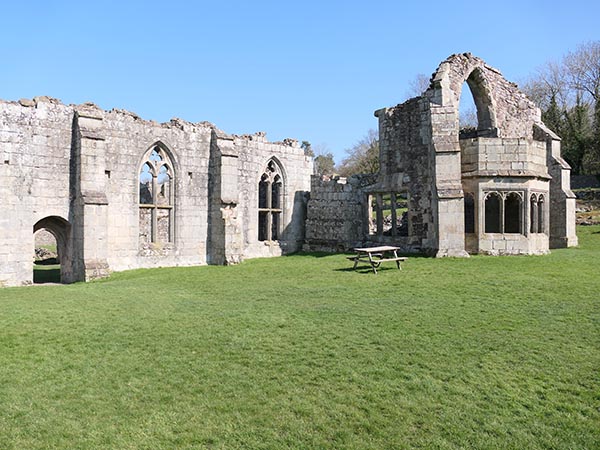
The abbot's home is located in the bay window area in the photograph above, and this building served as the Great Hall.
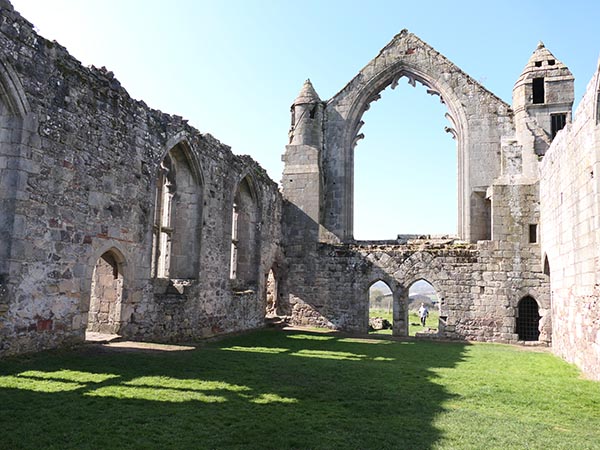
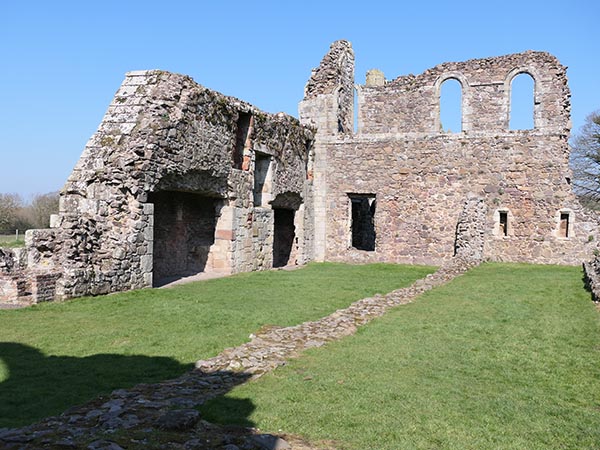
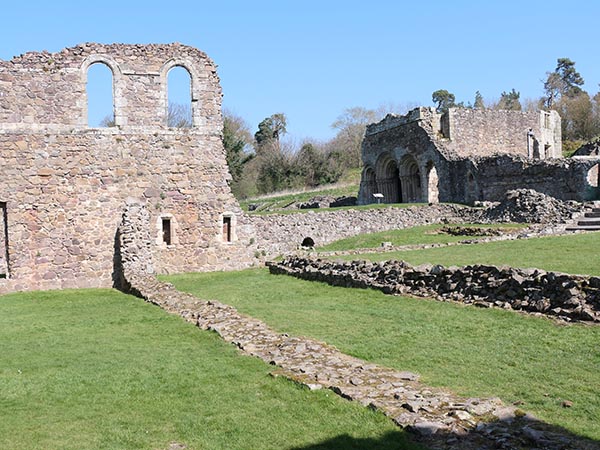
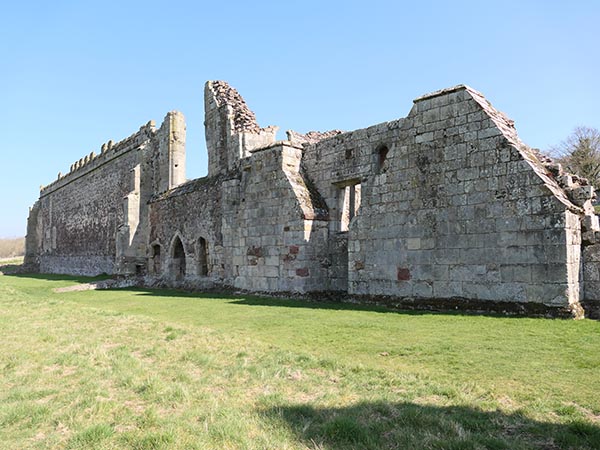
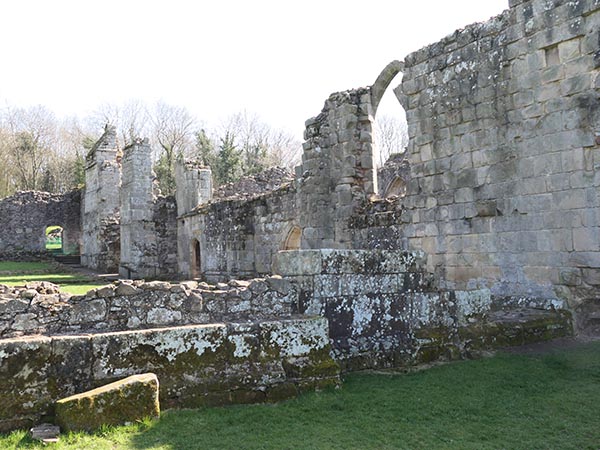
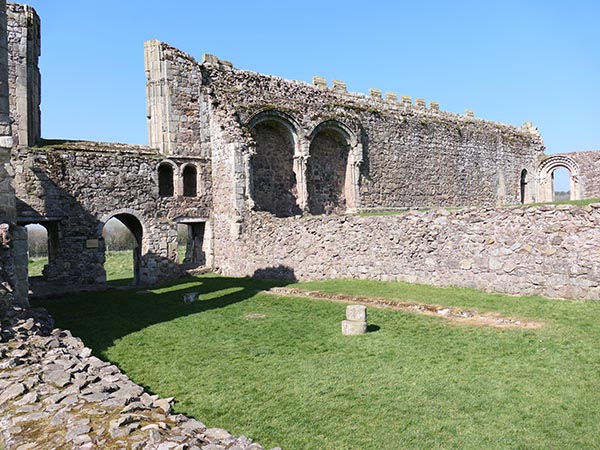
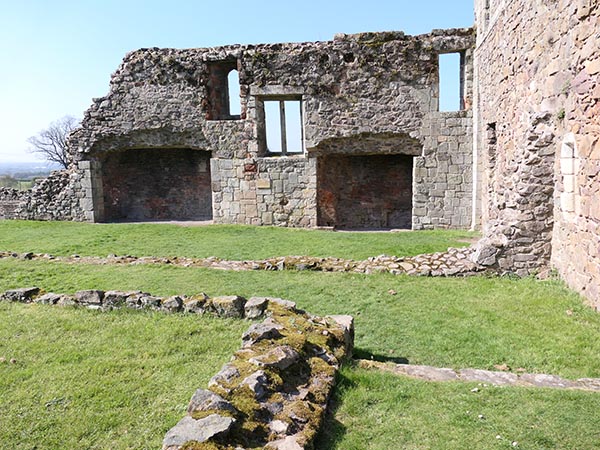
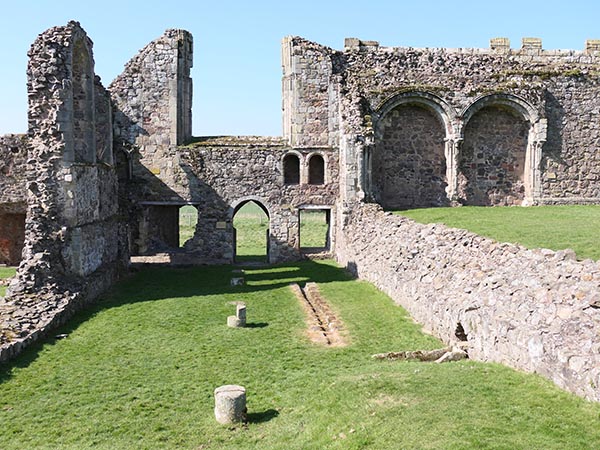
The refectory was for eating and listening to religious sermons. There were washing areas in the above archways for the monks to use before eating. The little alcoves on the now-missing floor above would have held napkins or cutlery. The lower level with the trench would have been the cellar or storage to keep things cool.
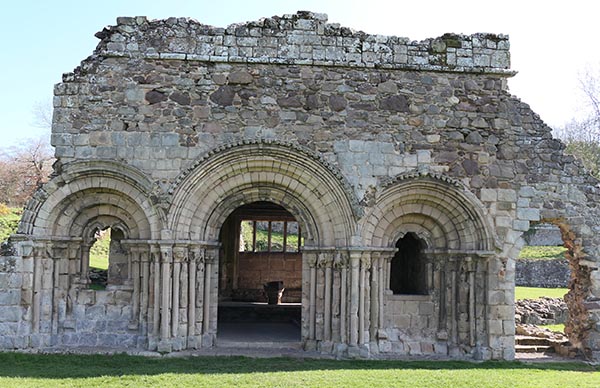
The chapter house is pictured above, but it formed part of the cloister in front of it. The archways here are well-decorated with statues on the columns. On the far left corner is another decorated archway with figures on the side of the archway, and they are thought to be of St. Peter and St. Paul. Detail of this archway can be seen below.
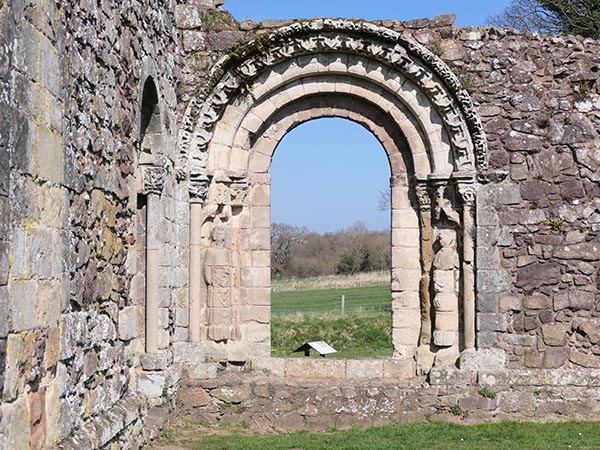

From this far corner, the chapter house can be seen as well as stairs up to the upper levels of the monastary. The area where I am standing in the below photograph is where the church was located. This is where the public entered the church for service. It was built in the mid-1100s, but an earlier church was actually on this spot, and it dated from the late-1000s.
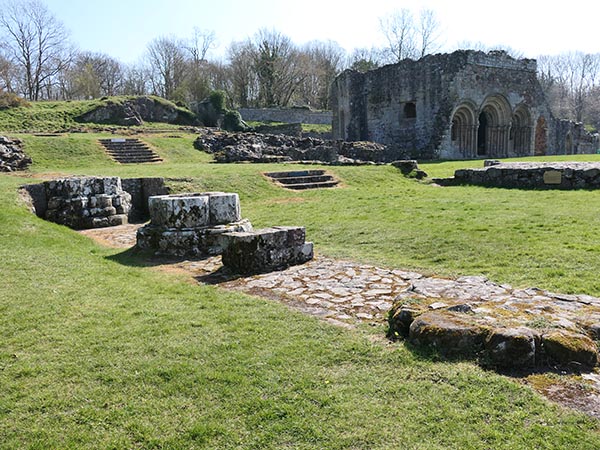
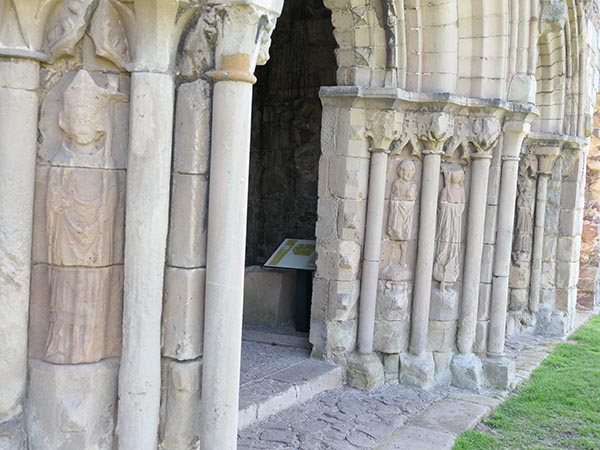
A close-up of the statues on the archways of the chapter house is pictured above with the interior of the chapter house pictured below. The chapter house contains some stonework from graves. Behind the chapter house was a garden that would have been part of the abbot's house, and this would have had an ornamental pond.
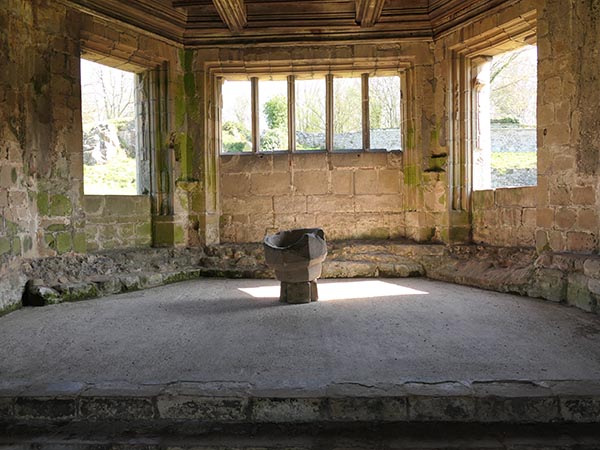

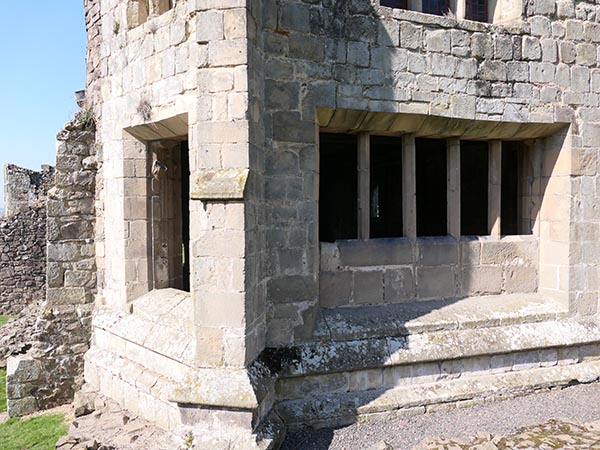
The dormitories was pictured on the hillside part of the abbot's house in the area of the photograph where I am standing below.
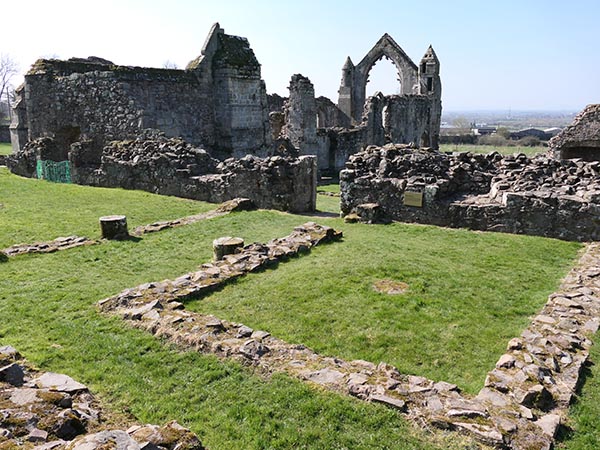

These connected to the latrines, and the ditches for the latrines and drains can be seen today with some water retained in them. This connected to the front of the monastary where I came in (facing the abbot's house and great hall).
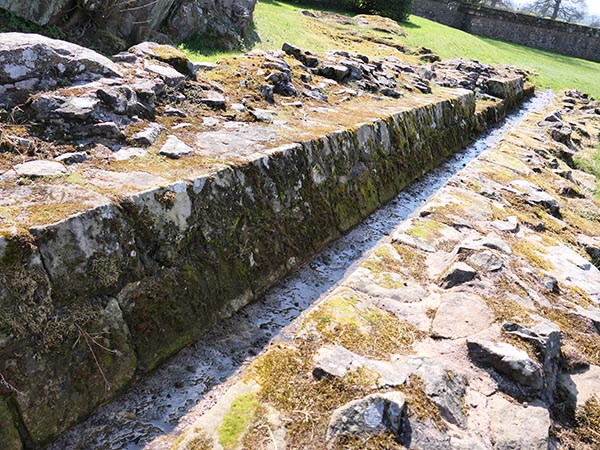
This is a large site to explore, and it's an interesting one. I was disappointed that the shop and museum are closed; apparently, they have been shut since 2017. I think the information boards need to be replaced, and I would have loved to have seen more information on site. It's also a pretty popular attraction as many people were here visiting it.
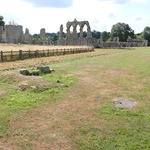
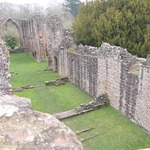
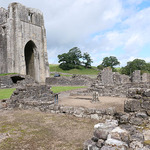
Leave a comment